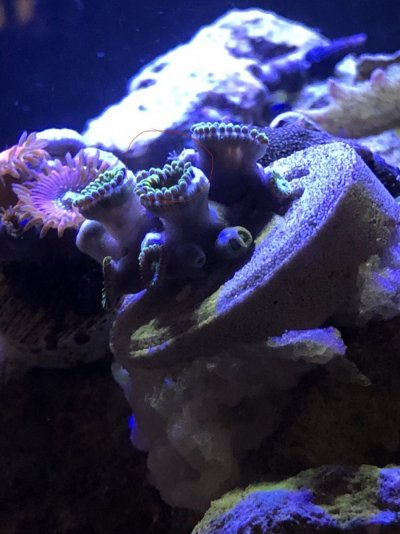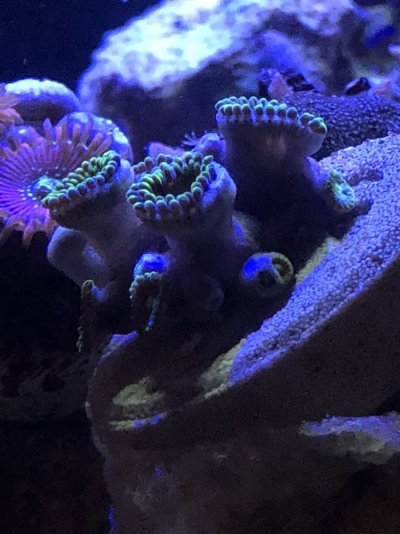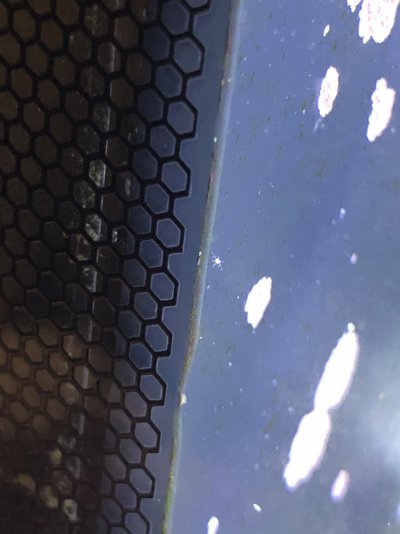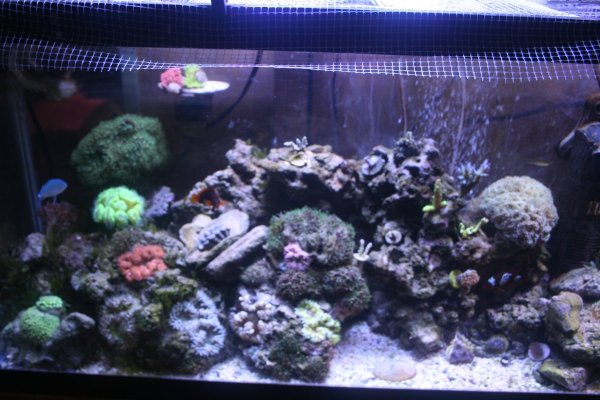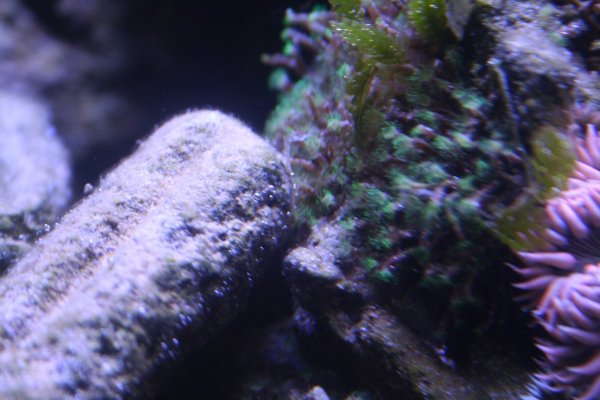- Joined
- Jun 7, 2020
- Messages
- 575
- Reaction score
- 282
So my tank is just over 5 months old. It is a 13.5 evo tank. It has a clown fish, tailspot blenny and a wheeler goby and pistol shrimp, plus my cuc crew. I added a coral a few weeks back and i noticed something pop up on it and I didn't know if it was a feather duster, aptasia or hydroids. I glued over my the rock of my leather coral where the thing was, thinking ok that should do it whatever it is. Fast forward two weeks later I see another one pop up on the same rock and one on my zoa. Then today I saw some more hydroids on my back glass. I took a small thing of peroxide and with my syringe covered the hydroid up with the tip of the syringe and gave a little squirt of peroxide. I have also taken a razor before to dig them out of the rock they are in. This is where my question is. I have read several things that are confusing me. 1 is this normal for a new tank and eventually they will go away as the tank becomes more established and stable. 2 is it a death sentence and nothing can be done and to tear down the tank. I am currently trying to see if their is anything I can actually do to effectively neutralize them. I understand they show up because of excess nutrients and I plan on cutting my feedings way down to just once a day. Is peroxide an actual functional way to deal with them? Will eventually they just starve out? Does anyone have any effective approach besides pulling rock out. Thanks for any help you can provide. I know this has come up alot on this forum.






